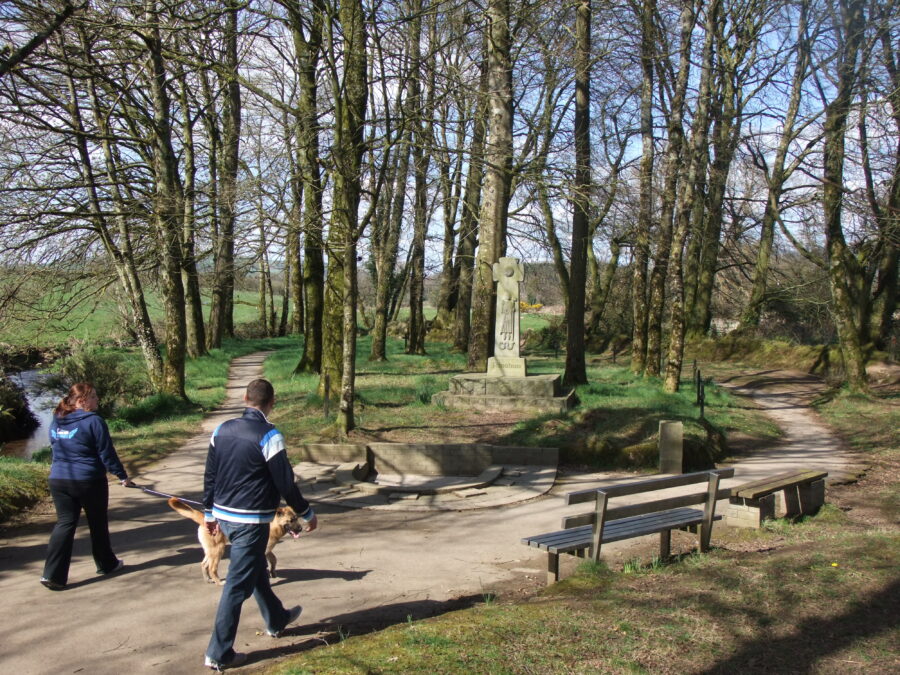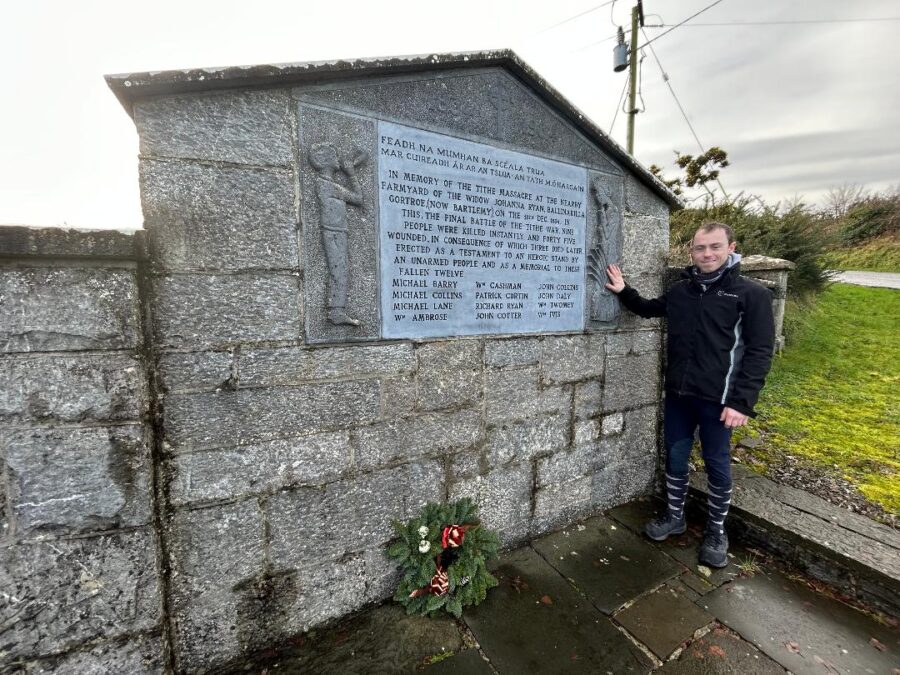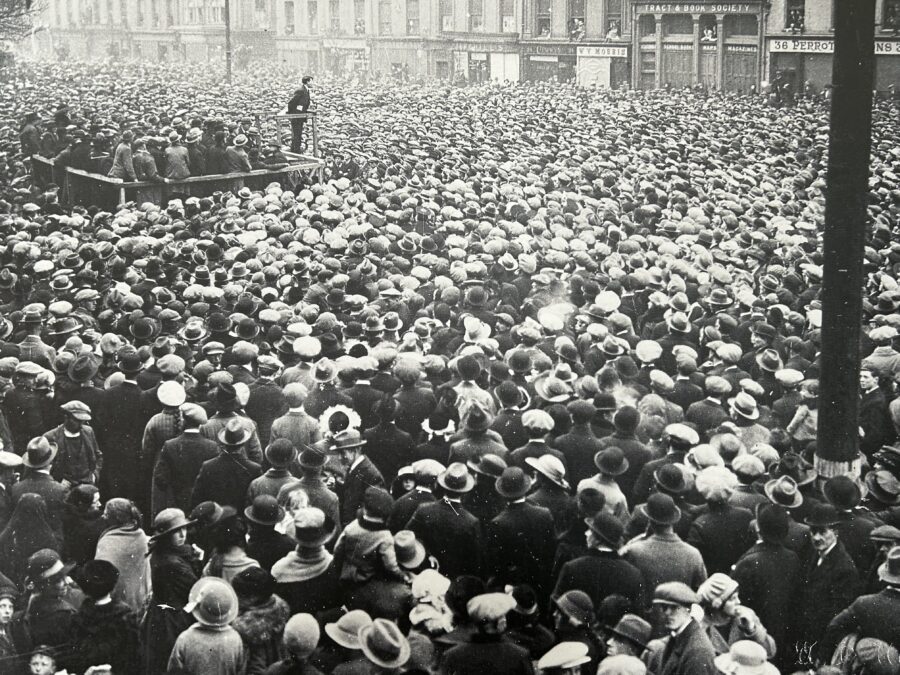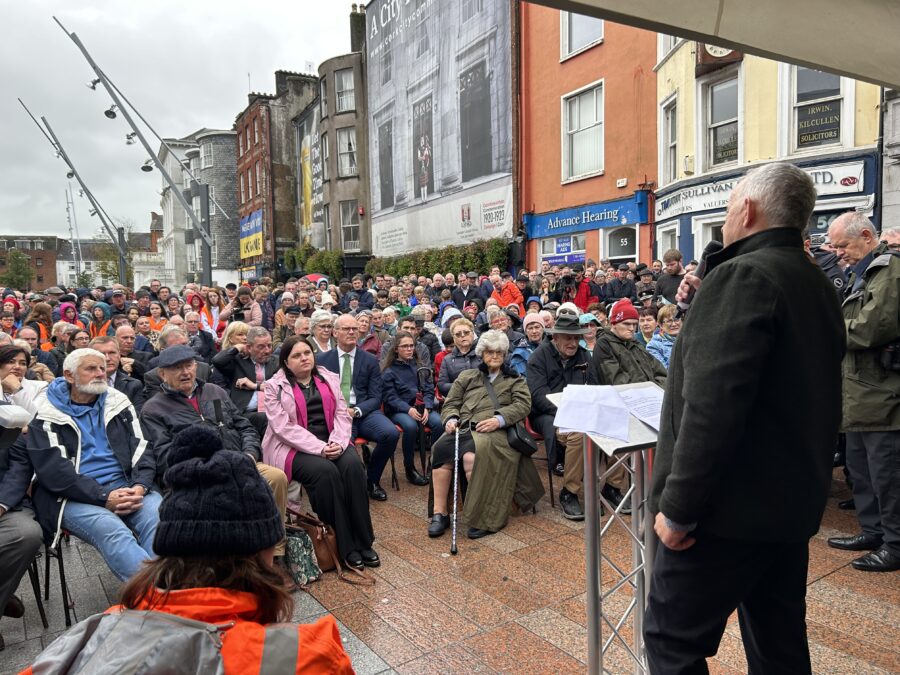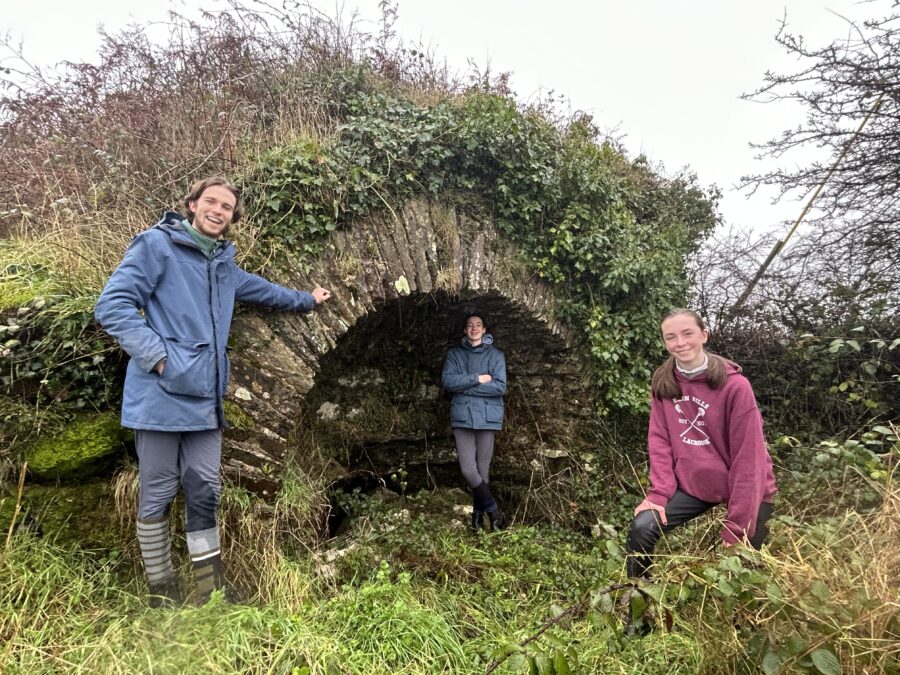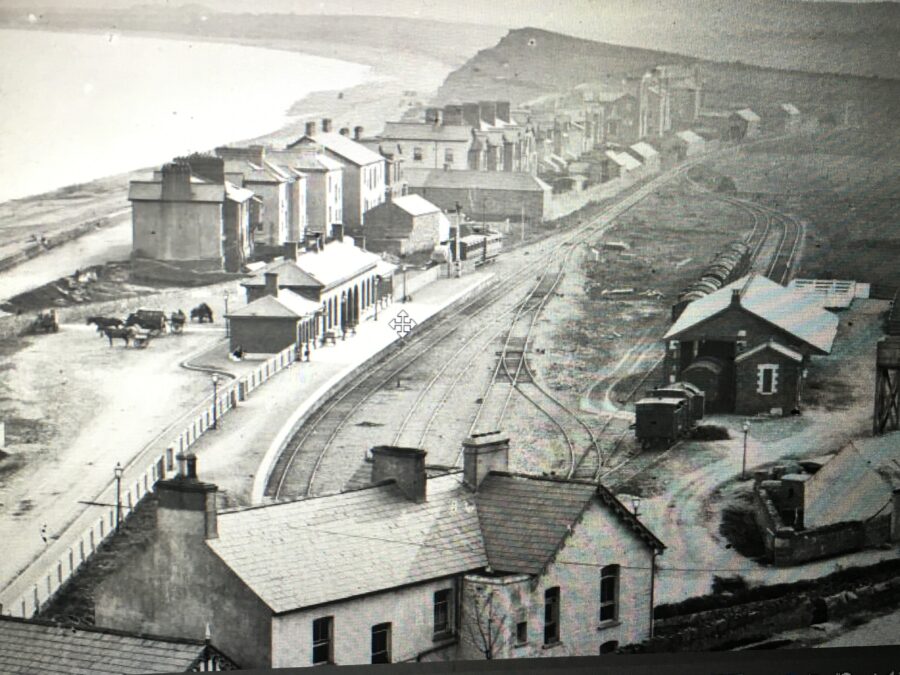Remember and Renew:
This year marks the final chapter of the national Decade of Centenaries commemorative programme. A wealth of material has already been produced, scores of events have taken place, and a proud legacy is being created for future generations.
Among the aims of commemorating those remarkable men and women involved in Ireland’s struggle for independence is, of course, to remember them, to recall their contributions to Cork and Ireland, and to reflect upon their extraordinary lives. But most importantly, as our former City Librarian, Liam Ronayne, noted in the early stages of the commemoration; “what is important is the need to understand, to understand what happened and why”.
Community groups, schools and individuals have delved into their local history to produce books, plays, murals, exhibitions, podcasts, recordings and many more engagements to mark the events that happened in our city over 100 years ago. From the ashes of the Burning of Cork in 1920, through the War of Independence and Civil War 1923 we have seen our city grow and prosper to ambitious plans for our future generations.
To finish out the national Decade of Centenaries on Thursday, 16 November, a special reflection on the decade of centenaries entitled ‘Remember and Renew’ takes place in Cork City. On the day it includes a seminar in UCC Centre for Executive Education between 2pm- 4.30pm, Lapps Quay, followed by a reception in the Atrium, City Hall. Between 5.45-6.45pm, there will be a Special Meeting of An Chomhairle in the Council Chamber, Cork City Hall, and at the Cork City Concert Hall there will be a gala concert between 7pm- 9.30pm.
The concert will be hosted by Cork Playwright Cónal Creedon & presenter Elmarie Mawe who will reflect on the Decade of Centenaries with a night of music, poetry, & film. It will feature The Band of First Brigade, The Cork Fleischmann Symphony Orchestra, Cór Chúil Aodha & Seán Ó Sé.
Launch of Commemorative Jerseys:
Meanwhile this month also coincides with an exhibition in Cork Public Museum. It features the commemorative jerseys of Cork clubs, intercounty sides and international teams with a Cork connection. All those included in the exhibit commemorated Irish revolutionary figures and / or events on their kits during the Decade of Centenaries (and in particular the period of 2016-2023). A virtual exhibit is available to view at the Exhibitions section on the Cork City Council website A City Remembers.
Seventeen jerseys are featured in the exhibit, which will later go on display at City Library, City Hall and Páirc Uí Chaoimh, along with other Cork areas of sporting and cultural significance. The exhibit is being organised by Cork City Council, along with the help of Cork GAA and Public Museum curator, Dan Breen.
A number of jerseys included feature the images of previous Lord Mayors, Tomás MacCurtain and Terence MacSwiney. Teams featured include Ballyphehane, Béal Átha Ghaorthaidh, Brian Dillon’s, Cork Boston GFC, Delany’s, Diarmuid Ó Mathúna’s, Fermoy, Kilmichael, Na Piarsaigh, St. Vincent’s, Thomas McCurtain’s GAA club London, Valley Rovers, and Cork Intercounty. Also included in the exhibit are O’Neill’s commemorative jerseys to Michael Collins and the Easter Rising.
Cork hurlers and footballers provided a notable piece of Cork GAA history as a Rebel team took to the field wearing black jerseys for the first time in 2020. The 1916 commemoration Cork GAA original jersey in blue with a saffron ‘C’ was worn by Cork teams until 1919 when the jerseys were confiscated by the British Army in a raid during the War of Independence.
The exhibition is being co-ordinated by Cork City Council’s Commemorations working group, along with the help of Cork GAA and Public Museum curator, Dan Breen. A virtual edition of the exhibit will launch later in the year.
New Book on Seán French:
Mid-November also coincides with another Cork City Council commemoration publication. The new book is an important reflection on the life and times of Seán French – a 12-term Lord Mayor, councillor and TD. Indeed, for many years Seán’s life has just been reduced in history to a few words and sentences. This book by Dr Aodh Quinlivan and John Ger O’Riordan has done a superb job in rescuing the memory of Seán from being on the reductive history heap in Cork history and in capturing the everyday life of local politics in early twentieth century Cork. The book is rich in historical detail and there is much to learn from reading it from a citizen perspective and from a local politician or public representative perspective.
In Seán’s early months in the council chamber it coincided with the deaths of two Lord Mayors – Tomás MacCurtain and Terence MacSwiney and a War of Independence spilling out across the streets of the city – and culminating in the Burning of Cork in December 1920 and the destruction of the city’s house of democracy in the shape of Cork City Hall. Such latter and tragic stories would affect the way historians of Cork would tell the story of Cork for the ensuing century to come.
On Seán’s accession to being Lord Mayor of Cork on 30 January 1924 he delivered a short acceptance speech, stressing that improving and progressing Cork had to be the primary duty of all of the elected members. He stated that he had always stayed true to his ideals and that would not change.
However, the nature of politics within the emerging Irish Free State led to a heightened public expectation for improved services and the modernisation of Ireland’s cities, towns and villages – and ultimately the nature of how Local Government did its work had to change. In particular Seán politically led the city in a time of large scale physical and large scale societal change.Even a politician like Seán French could not stop the tides of change which swept through Cork in the 1920s. It is always argued that a week is a long time in politics – no mind several years – and the authors describe the backdrop of Seán’s world in detail. The decades of 1920s and 1930s Cork is showcased here and this book even sets up further frameworks for further narratives to be researched and written about. First Citizen, Seán French, Cork’s Longest Serving Lord Mayor by Aodh Quinlivan & John Ger O’riordan will be available in any good bookshop.
